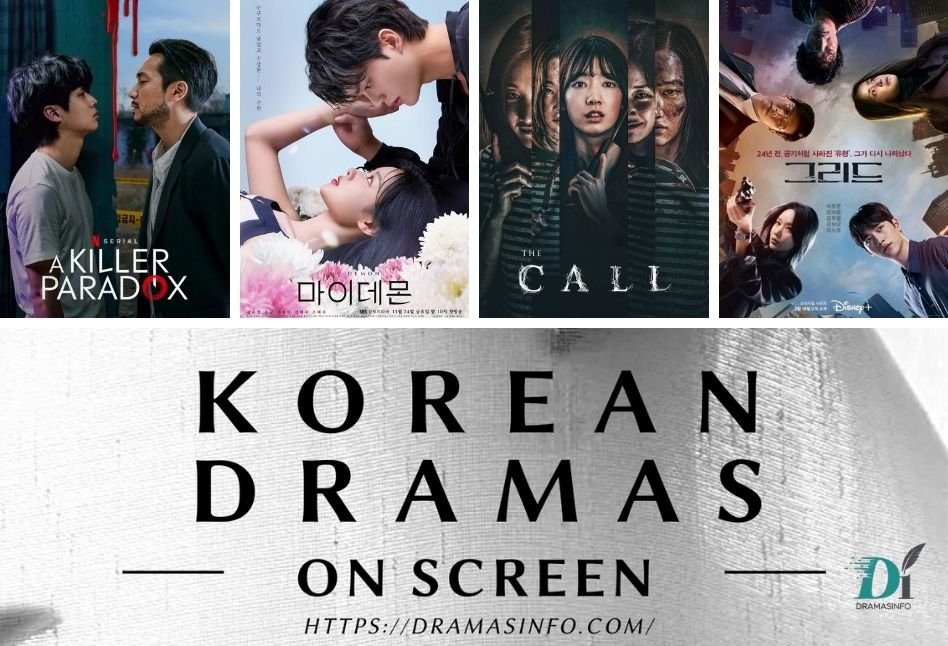


Korean dramas, also known as popular Korean dramas, have gained international acclaim due to their remarkable narrative, cultural nuance, and emotional impact, drawing in a wide range of viewers.

These South Korean television/Korean drama shows cover a broad spectrum of genres, including historical, fantasy, romance, thriller, comedy, and slice-of-life, so there’s something for everyone.
Under Japanese occupation, radio broadcasting, including the transmission of radio dramas in Korean dramas, started in 1927.
The Gate of Heaven (천국의 문, Cheongugui mun), a 15-minute film broadcast on HLKZ-TV, was the first Korean television film.
Approximately 30% of the programming was in Korean drama, while the majority was in Japanese. Radio dramas like Cheongsilhongsil (1954) captured the spirit of the nation after the Korean War.
HLKZ-TV was the first television station to broadcast in 1956. It was shut down a few years later due to a fire. The Korean Broadcasting System (KBS), which made its debut in 1961, was the first national television channel.
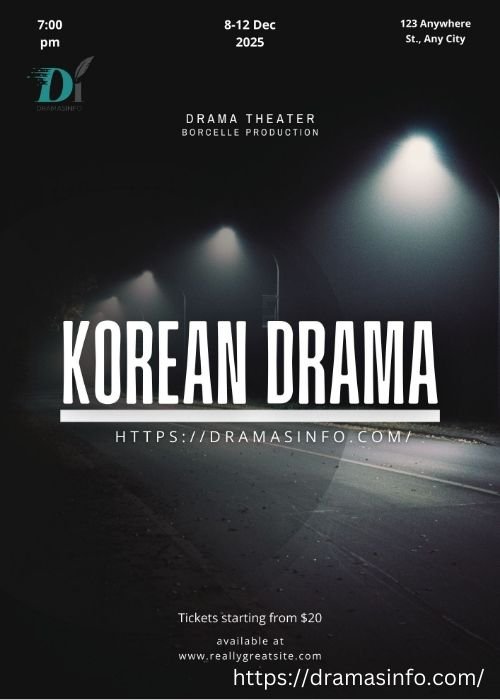
The capacity of Korean drama to convey complex narratives and well-realised characters is one of the main factors contributing to their success.
This approach guarantees that viewers stay interested by allowing for a concentrated plot with minimal filler.
Additionally, the production values are frequently spectacular: cinematography, excellent visuals, and painstaking attention to detail.
Most Korean dramas are set up to last 16–20 episodes, offering a concise but powerful storyline.
Because it costs a lot to produce a series, production firms try to shoot the episodes as fast as feasible.
In contrast to other methods, the Korean drama’s remaining episodes are continuously filmed while the show airs, with the first four episodes frequently being taped in advance.
Popular characters are given more screen time in incomplete scripts that may be changed in response to viewer comments and ratings, and plotlines are adapted to satisfy audience expectations.
Historical dramas are filmed in particular locations with lavish sets for the larger broadcasts.

Actress Song Joong-ki (Korean: 송중踰; born September 19, 1985) is a South Korean who mainly performs on television.
Among his honours are two Blue Dragon Film Awards, one Buil Film Award, and two Baeksang Arts Awards.
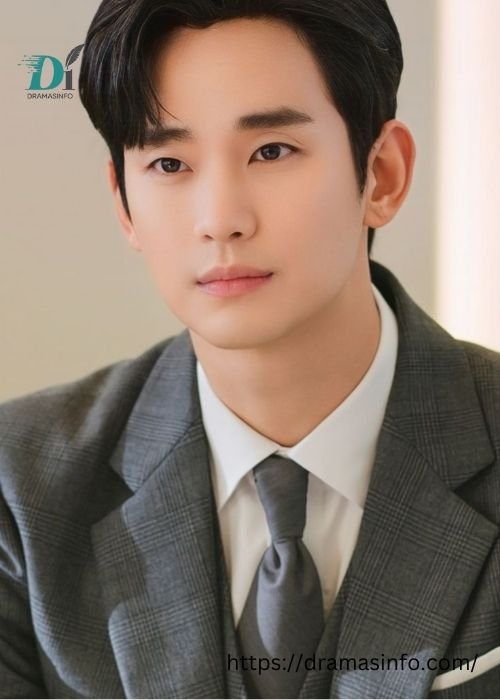
He has also made six appearances on Forbes Korean Drama Power Celebrity 40. 2012 and 2017 saw him win Gallup Korea’s Television Actor of the Year award.
Popular K-pop idols were frequently cast in dramas in the 2000s.
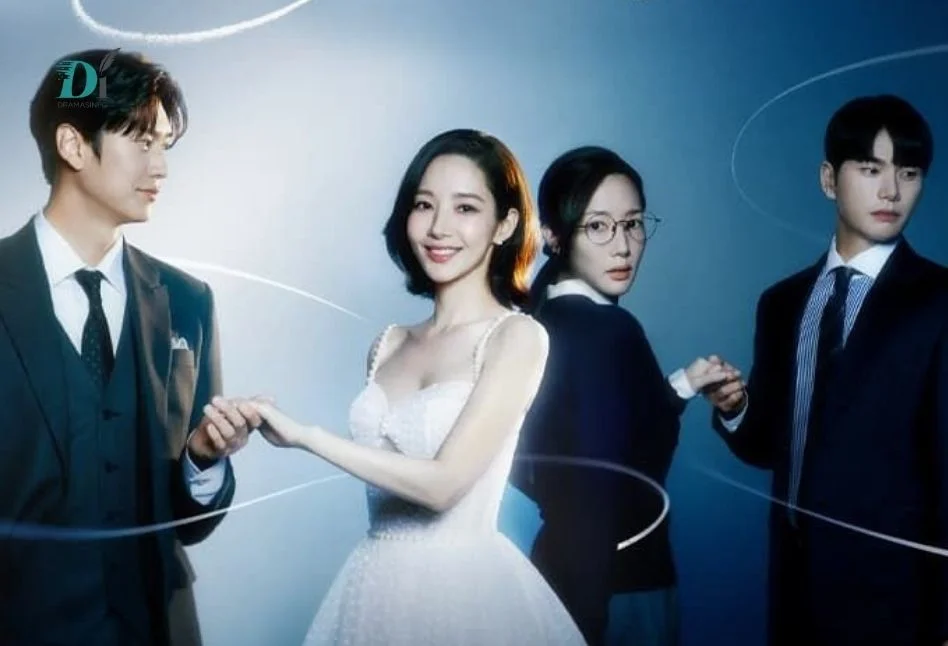
Outside of their following, their appearance had elicited largely unfavourable reviews because several idols’ acting was not considered professional.
This has become a much more prevalent theme in Korean dramas in recent years, as the public has grown accustomed to the idea of “idol actors,” and some idols have gained recognition for their exceptional acting abilities.
Although they continue to receive mixed reviews from critics, several of them—including Bae Suzy, IU, Yim Si-wan, Seo In-guk, Ok Taec-yeon, Park Jin-young, Doh Kyung-soo, and Im Yoon-ah—have achieved success as actors and actresses.
The directors and writers of Korean dramas are often as well-known as the actors.
At first, this produced conflicting responses.
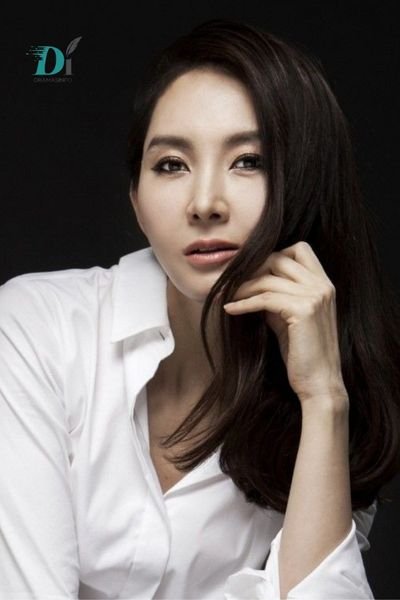
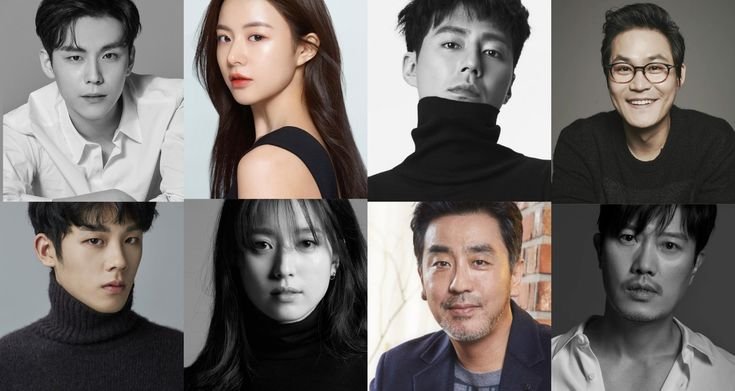

According to the Beijing Metro Reader, 90% of screenwriters are women, and they often compose action series in addition to romances.
Scriptwriters find television more attractive than Korean cinema because of the better contract terms, greater recognition, and bigger pay.

The Hong sisters are the most well-known screenwriters, having contributed to popular series such as My Girl, You’re Beautiful, and My Girlfriend Is a Gumiho.
Kim Eun-sook, author of Lovers in Paris, Secret Garden, The Heirs, Descendants of the Sun, Guardian: The Lonely and Great God, and The Glory; Kim Soon-ok.
Author of The Penthouse: War in Life and Temptation of Wife; Noh Hee-Kyung, author of That Winter, the Wind Blows; Choi Wan-kyu, author of Midas and Triangle; Lee Kyung-hee, author of I’m Sorry, I Love You, and The Innocent Man; and It’s Okay,
Created internally by the television networks, Korean shows have since been outsourced to private businesses since the 2000s.
In 2012, up to 75% of all K-dramas were produced in this way.
There is a lot of competition among these businesses; only 34 of the 156 registered businesses created dramas that were broadcast in 2012.
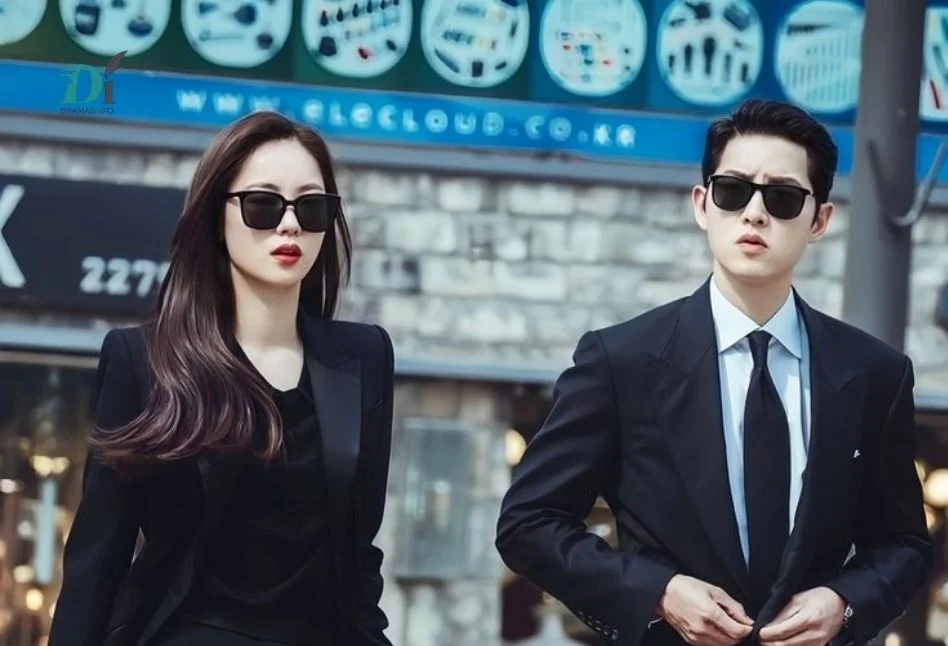
Historical plays have a bigger budget; one historical romance episode, for instance, the Red Sleeve, costs up to 950 million naira.
This suggests that the top stars may make more than ₩200 million per episode.
In the late 2010s, the average Korean drama might cost up to 700 million won for every episode.
Recently, variables have included things like enhancing the workplace and deciding whether to enter into agreements with both domestic and international OTT providers like Netflix.
Kim Soo-Hyun, the star of popular Korean dramas Moon Embracing the Sun (2012), My Love from the Star (2013), and It’s Okay to Not Be Okay (2020), reportedly received ₩500 million for each episode of One Ordinary Day in 2021.
Among the most watched Korean dramas are romantic ones, which combine touching moments with gripping drama.
Lands in North Korea, and Goblin, a fantasy romance about an immortal goblin who wants to end his unending life.
Widespread praise has been given to books with original stories and profound emotional depth, such as Crash Landing on You.
Which narrates the tale of a South Korean heiress who unintentionally.
These dramas frequently focus on historical conflicts, cultural customs, and the ageless themes of honour and love.
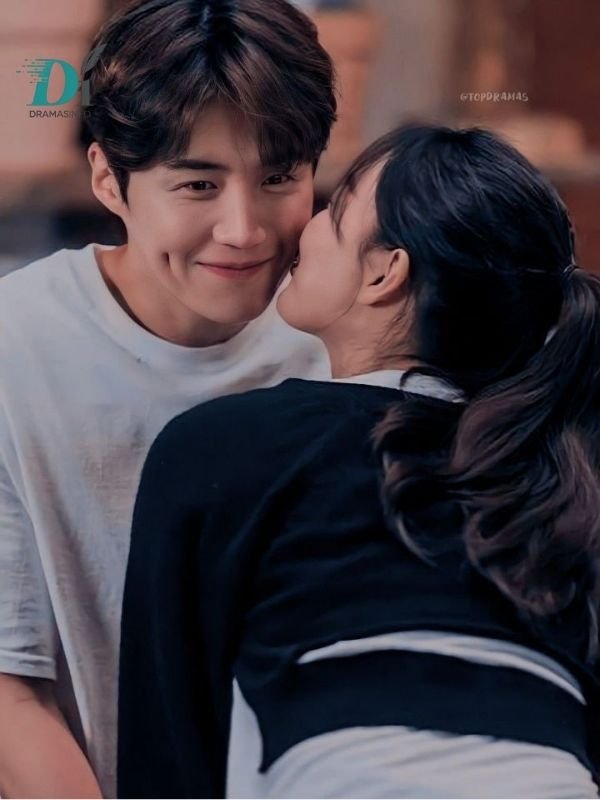
South Korea’s ability to produce gripping and thought-provoking television shows is demonstrated by thriller K-dramas like Vincenzo and Signal.

Vincenzo follows a Korean-Italian lawyer and mafia consigliere who seek justice in unusual means, while Signal centres on a mysterious walkie-talkie that enables communication between two detectives from different eras.
Historical dramas, or “sageuk,” like Mr. Sunshine and Moon Embracing the Sun, immerse audiences in Korea’s past by fusing imaginative storytelling with historical authenticity.
Fantasy K-dramas like My Love from the Star and The King: Eternal Monarch combine human emotions with fantastical ideas to captivate audiences with their unique and poignant tales.
The popularity of K-dramas around the world has been greatly influenced by their accessibility.
A global audience can relate to K-dramas since they also depict current social issues.
Commonly discussed topics include family dynamics, mental health, and social pressures, offering viewers insightful and thought-provoking material.
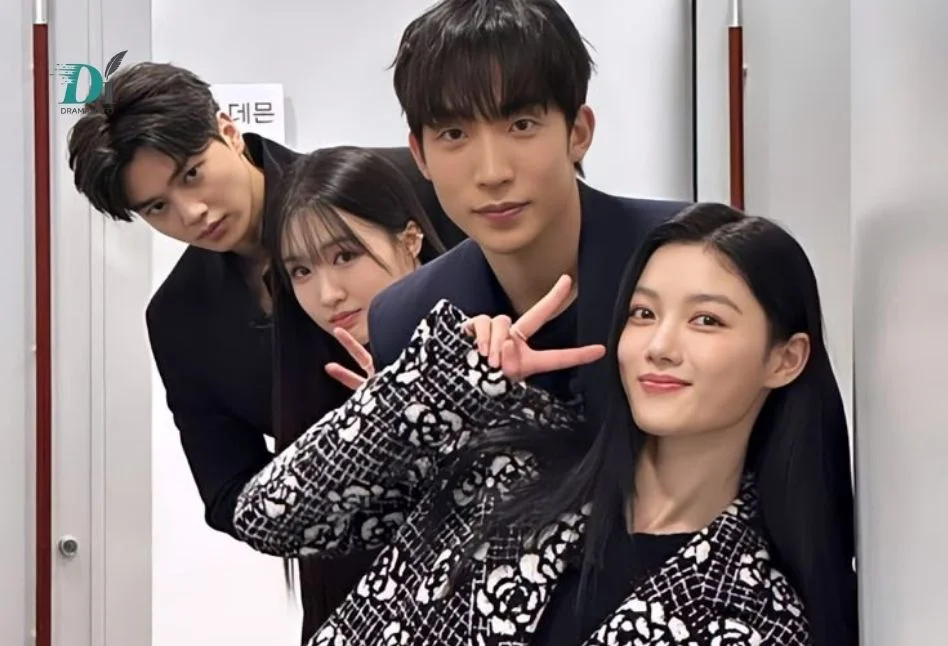
These series, which frequently feature multilingual subtitles, are now easily accessible to viewers worldwide thanks to streaming services like Netflix, Viki, and YouTube. Because of its broad accessibility, viewers are now familiar with the Korean language, customs, dress, and cuisine.
K-dramas are distinguished by their soundtracks, often known as OSTs (original soundtracks), which heighten their emotional impact.
In addition to enhancing the stories, memorable songs from dramas like Descendants of the Sun and It’s Okay to Not Be Okay also become cultural icons in their own right, frequently reaching the top of music charts and gaining a devoted fan base.
The Hallyu Wave, also known as the “Korean Wave,” which includes the globalisation of South Korean culture, including K-pop, K-beauty, and Korean cinema, is intimately linked to the emergence of K-dramas.
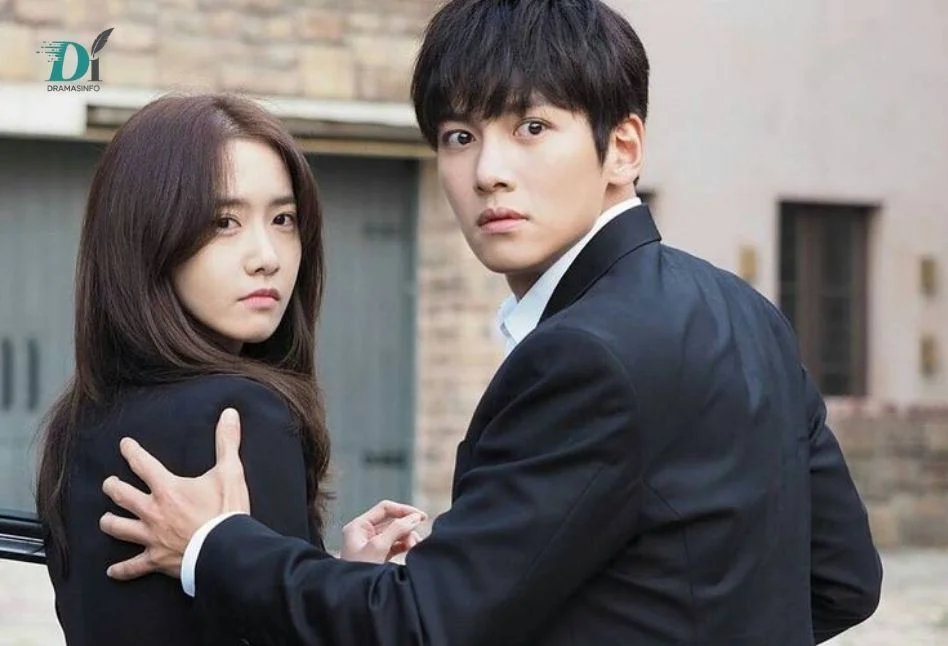
K-dramas have emerged as a key component of this phenomenon, providing a means for viewers from other countries to learn more about other facets of Korean culture.
With their gripping plots, endearing characters, and genuine emotional expression, Korean dramas have captivated millions of fans worldwide, overcoming linguistic and cultural obstacles.
K-dramas continue to be a monument to the universal power of storytelling, spanning cultures and uniting people through the shared experience of exceptional narratives, as the demand for diversified entertainment develops.
Commonly Asked Questions
One of the best-rated K-dramas in the category is Sunshine. The Joseon period in the early 1900s is the setting for this period drama.
The most typical show duration is 16–20 episodes.
The Korean Wave, also known as Hallyu, has exploded in popularity in India, where a sizable portion of the population enjoys K-pop music and K-dramas.
There is definately a lot to find out about this subject. I like all the points you made
Thanks
Share Other Friends
Grandview | Kıbrıs emlak fırsatları , satılık daire Kıbrıs , kiralık daire Kıbrıs , Kıbrıs satılık villa, Kıbrıs yatırım danışmanlığı, Kıbrıs satış ve kiralama hizmetleri
Grandview | Kıbrıs emlak fırsatları , satılık daire Kıbrıs , kiralık daire Kıbrıs , Kıbrıs satılık villa, Kıbrıs yatırım danışmanlığı, Kıbrıs satış ve kiralama hizmetleri
Read More Ajker Rashifal, আজকের রাশিফল
I’m often to blogging and i really appreciate your content. The article has actually peaks my interest. I’m going to bookmark your web site and maintain checking for brand spanking new information.
Hi there to all, for the reason that I am genuinely keen of reading this website’s post to be updated on a regular basis. It carries pleasant stuff.
What an absolute revelation! This article has completely transformed my perspective on several aspects of this topic. I’m already considering how to integrate these new understandings into my practices. Thank you for this profound insight.
Grandview | Kıbrıs emlak fırsatları , satılık daire Kıbrıs , kiralık daire Kıbrıs , Kıbrıs satılık villa, Kıbrıs yatırım danışmanlığı, Kıbrıs satış ve kiralama hizmetleri
Looking forward to your next post. Keep up the good work!
I really like reading through a post that can make men and women think. Also, thank you for allowing me to comment!
ok
For the reason that the admin of this site is working, no uncertainty very quickly it will be renowned, due to its quality contents.
Sohbet Hatti: Anonim Sohbet, Gerçek Bağlantılar. Canli Sohbet Hatti